
Review by Gerhard Clausing •
The most extraordinary photobooks are those that have a grip on you and become very personal as you spend more time with them. Henry Schulz’s book is precisely that kind of a project. In 61 images he presents assemblages of human elements that cut through time and space.
Even though they look like it, these are by no means ordinary landscapes or cityscapes or even a mixture of the two categories. We are looking at monochrome evidence of human things that evoke a variety of associations. One would need to invent a new term for this kind of image, such as thingscapes. Unlike some of his predecessors, Schulz has managed to present us with a conceptual typology, a more cohesive series of images that challenge us to think about who we might be and who we might have been.
The black and white images, taken between 2020 and 2023 and beautifully printed, give the project a somewhat serious historical slant. As we turn the pages, we notice that all left-hand sides are blank, allowing us to focus and concentrate on each image separately. At first glance, the images look like conventional views of mostly rural and industrial locations. Upon closer look, we notice that there are assemblages of things that are either stored or seem to have been abandoned. Some of them show expected scenarios, such as drums which presumably hold industrial wiring, while others make us puzzle: why are the haystacks in such disorder? Have these buildings been abandoned? Why are the gravestones in piles and not on their graves where they once belonged? Are children no longer playing on those empty parts of playgrounds? There is an apocalyptic absence of people throughout …
Society tends to discard many things, puts other things on hold. Order in chaos makes us quite confused, however. Whereas nature tends to be more orderly, things we leave can be neatly stacked and yet out of place, a sort of orderly disarray. Perhaps this project is a comment on the transitional nature of our times. Perhaps it reminds us of a certain desolation or of a feeling of abandonment (such as the Covid period). The images also display shadows of some of Schulz’s predecessors, so ably discussed by Gerry Badger in his essay in this photobook – the Bechers and their disciples, Lewis Baltz, and other more recent photographers.
We begin to grasp some deeper significance of Schulz’s work. The 61 images are only accompanied by a list of locations and do not have titles. This gives them universal significance and application. This project is a remarkable study of societal transition, one that allows each of us to search for specific personal meanings, some kind of significance in the things we leave behind. This monograph is highly recommended as a fresh approach in its visualization of universal conundrums.
____________
Gerhard (Gerry) Clausing, Editor of the PhotoBook Journal, is an author and photographer from Southern California.
____________
Henry Schulz – people things
Photographer: Henry Schulz (born in Hamburg, lives in Berlin, Germany)
Publisher: Buchkunst Berlin, Germany; © 2023
Essay: Gerry Badger
Language: English and German
Hardback, sewn, with cover images tipped in, front and back; 136 pages, paginated, with 61 photographs; 29.2 x 24.5 cm (11.5 x 9.6 inches); printed in Germany by Wanderer Druckerei; ISBN 978-3-910897-01-4
Concept and Design: Thomas Gust and Ana Druga
__________

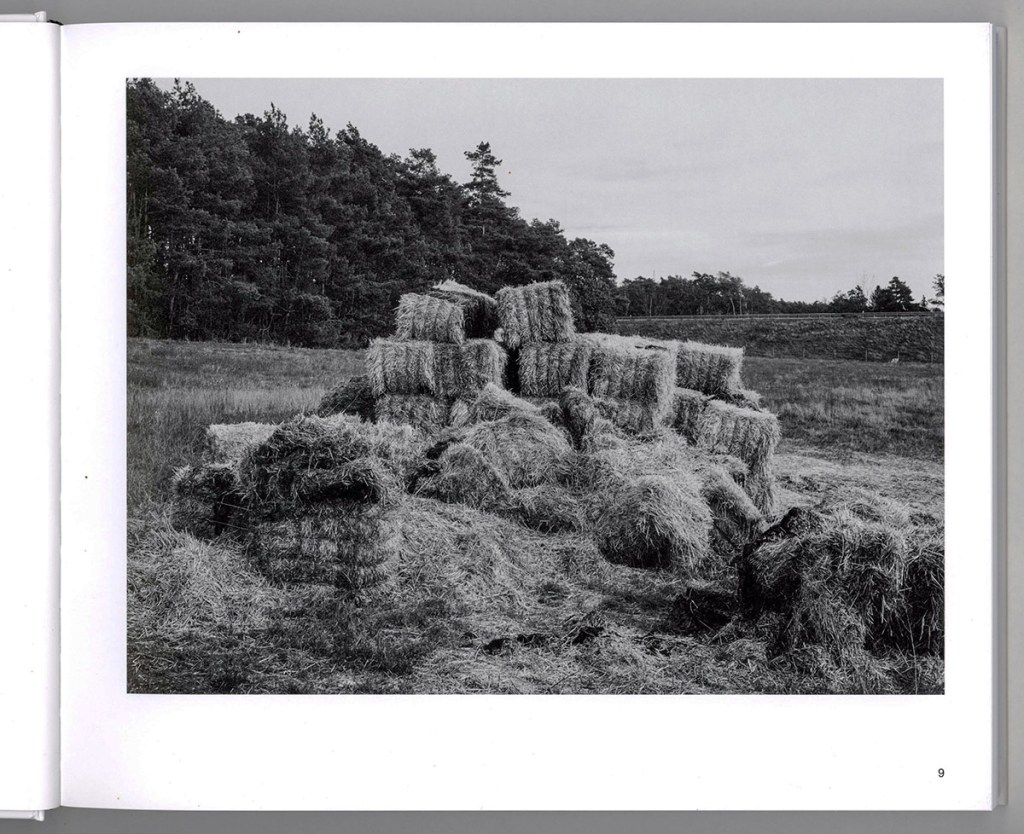
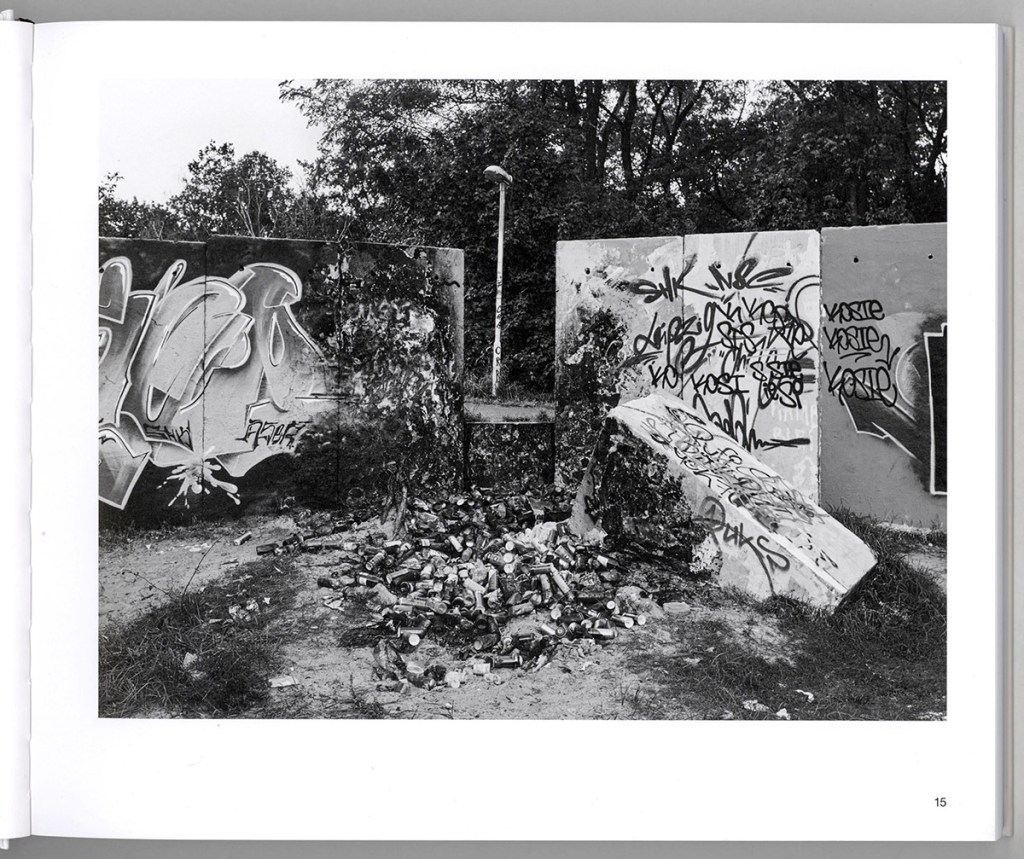
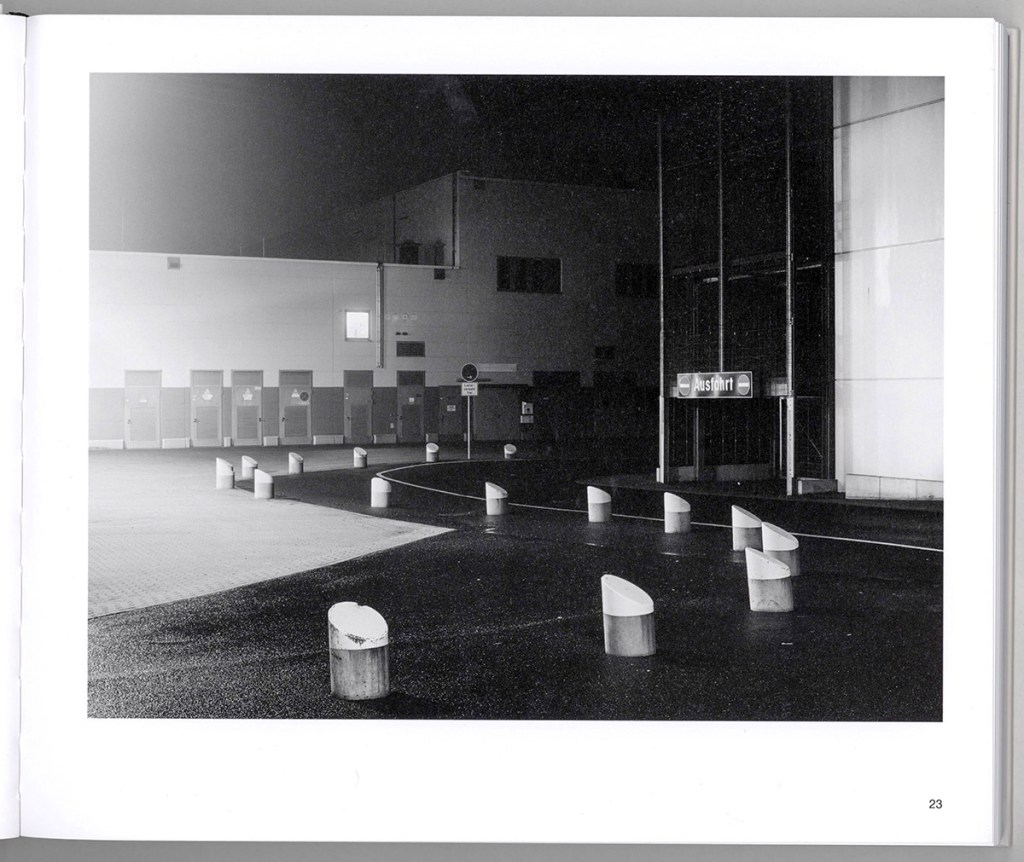

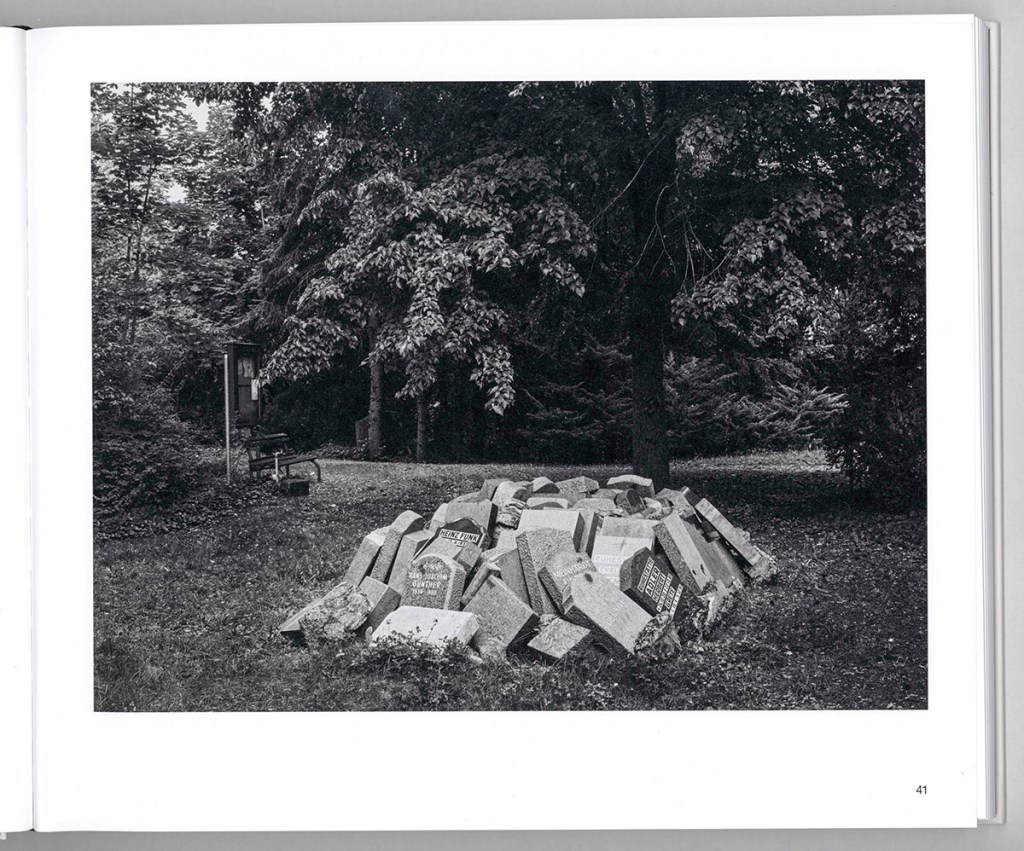
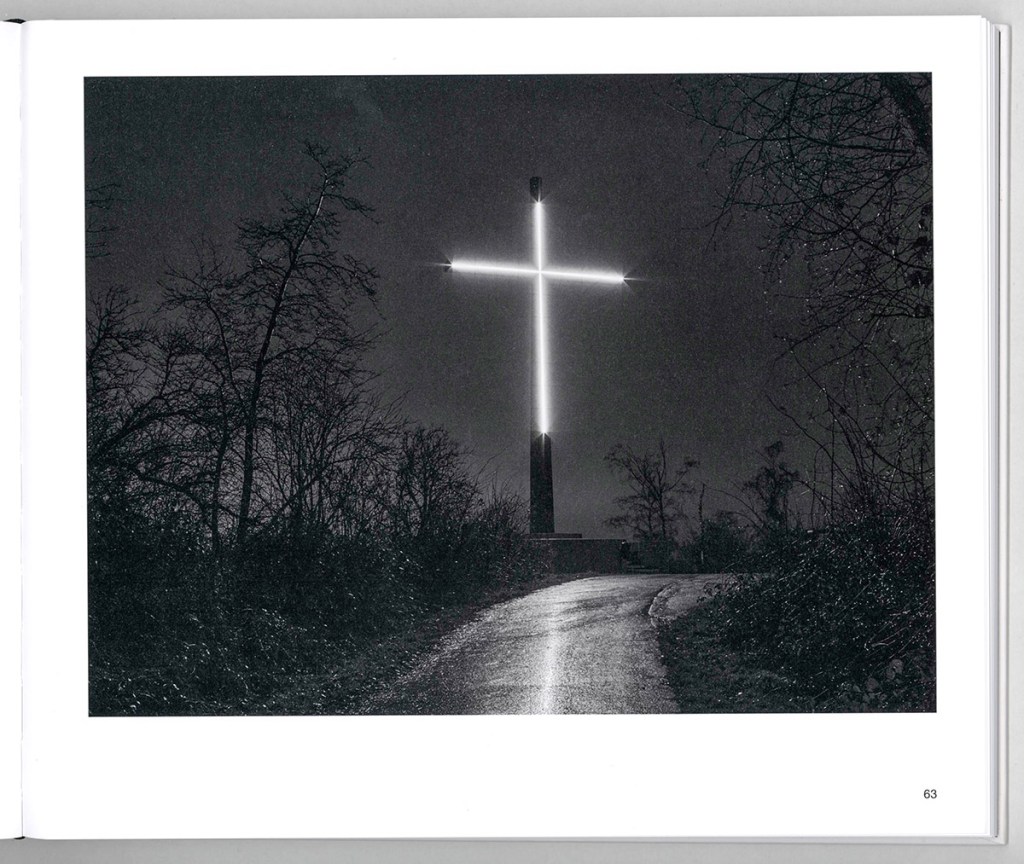

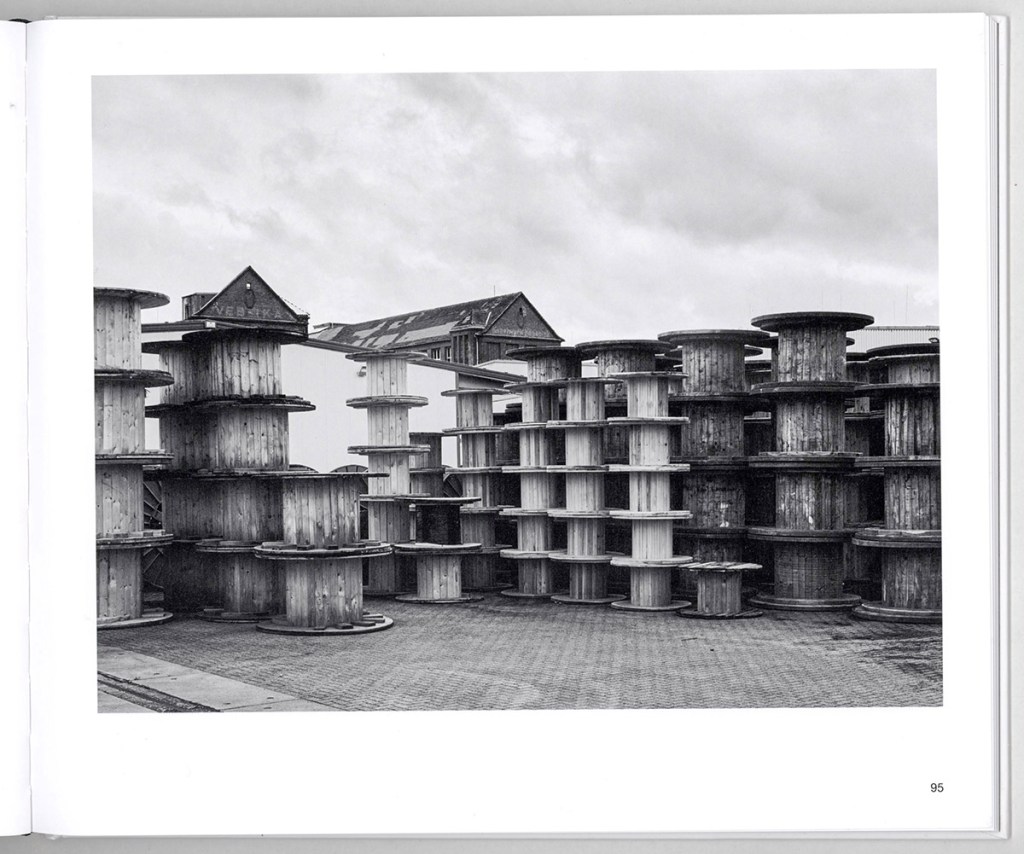


Articles and photographs published in the PhotoBook Journal may not be reproduced without the permission of the PhotoBook Journal staff and the photographer(s). All images, texts, and designs are under copyright by the authors and publishers.
Leave a comment